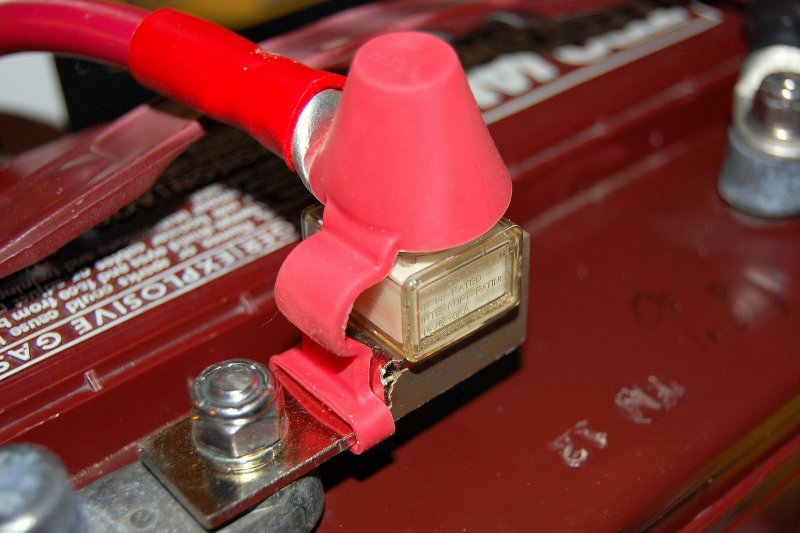Electrical system
Don't go near the ProMariner, they have a horrible reputation, well deserved. Read this: http://c34.org/bbs/index.php/topic,5179.0.html Please, read the links in my first reply on that topic. And I don't think Terry's conclusion that lightning was his problem is the right answer. Their equipment s*cks.
It's simple, and I think you got it
1. Employ what MS and I promoted on the link in the C310 Forum on this mb earlier. It also answers your question about combiners and echo chargers. Please, please, please, read and reread the links we already have given you (#35 page 2 above). Please...
2. Buy a good charger with equalization. Your old one is inadequate and toast.
3. Do what Ample Power suggests.
4. Draw a wiring diagram for your boat. The simplest wiring diagram that reflects what MS & I have been saying is this one, Reply #12, here: http://c34.org/bbs/index.php/topic,4949.0.html
5. Buy a battery monitor - Victron is a good one (like MS already said), do a search on this board. Xantrex Link Lite and Link Pro are good, too. What goes back in is less than what comes out, so you can't do the energy budget backwards. Do a search on "acceptance" and learn.
Why not print all this stuff out and have time to read it leisurely instead of online?
Don't go near the ProMariner, they have a horrible reputation, well deserved. Read this: http://c34.org/bbs/index.php/topic,5179.0.html Please, read the links in my first reply on that topic. And I don't think Terry's conclusion that lightning was his problem is the right answer. Their equipment s*cks.
It's simple, and I think you got it
1. Employ what MS and I promoted on the link in the C310 Forum on this mb earlier. It also answers your question about combiners and echo chargers. Please, please, please, read and reread the links we already have given you (#35 page 2 above). Please...
2. Buy a good charger with equalization. Your old one is inadequate and toast.
3. Do what Ample Power suggests.
4. Draw a wiring diagram for your boat. The simplest wiring diagram that reflects what MS & I have been saying is this one, Reply #12, here: http://c34.org/bbs/index.php/topic,4949.0.html
5. Buy a battery monitor - Victron is a good one (like MS already said), do a search on this board. Xantrex Link Lite and Link Pro are good, too. What goes back in is less than what comes out, so you can't do the energy budget backwards. Do a search on "acceptance" and learn.
Why not print all this stuff out and have time to read it leisurely instead of online?





